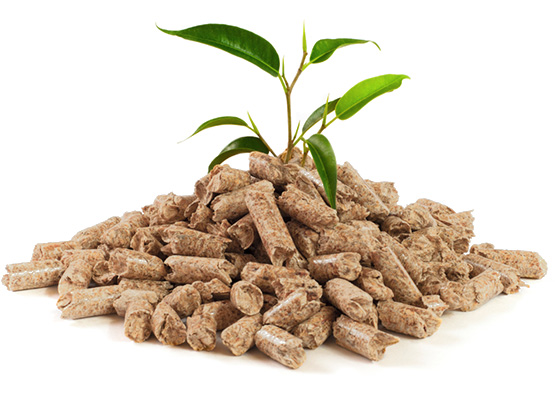The ideal alternative to gas and other fuels was invented in the last century, but it gained its popularity relatively recently. Pellets are a replacement for expensive raw materials and a real breakthrough in the field of energy.
New generation fuel
Such fuel pellets were invented by Dr. Gunnerman from the USA, who devoted his whole life to energy supply. He did research for a long time until he found something that turned the world upside down. His project was crowned with success without any additional modifications, and within a few weeks the production of pellets was launched.
Gunnerman’s invention is nothing more than compressed wood, unsuitable for use as a quality material. This means that this fuel is cost-effective and environmentally friendly. Granules of this format are easy to transport and do not have an expiration date. They are cone-shaped, pleasant to the touch, smell clean and fresh. I would like to emphasize that during combustion they emit the same amount of carbon as a tree during decomposition, and 2 times more heat than firewood of the same mass.
What types of pellets are there?
Pellets are compressed wood waste ranging in size from 0.5 to 9 cm in length. They are made mainly from shavings, peat, sawdust and wood chips. But progress does not stand still, so manufacturers decided to create pellets from cereals, sunflower and straw, calling them agropellets. In production, there are three main types : industrial, agropellets and white. They outperform other species in a number of ways, because they are:
- environmentally friendly raw materials;
- high heat transfer;
- convenient transportation;
- minimum CO2 emission;
- democratic value;
- low ash content;
- absence of chemical impurities and metals.
These are far from all the advantages of pellets, given the fact that manufacturers come up with new types and recipes every year. Their main advantage is that they do not need the constant presence of a person near the fire, and are also not subject to self-ignition.
Pellet production
Making a new generation of fuel takes a lot of time. There are only 7 stages of processing raw materials, which bring it to an ideal state suitable for use. Such production requires not only high-quality wood material, but also expensive devices that do not deform the product, making it smooth and even.
coarse crushing
The recipe includes agricultural waste and wood, which are crushed into small particles (about 2 millimeters). The scraping machine carefully divides the product into pieces, which contributes to rapid drying. Such material is stored in the workshop on a concrete floor for complete drying.
Drying
The humidity at which raw materials can be put into operation is 7%–12%. The type of drying depends on the type of material and its features, but most often special belt-type drums are used.
fine crushing
Before putting the product under the press, its size should not exceed 4 millimeters. For crushing small chips, it is customary to use mills that work according to quality standards.
Pressing
Pressing equipment can be flat and cylindrical. Before this stage, the material is wetted for more moisture. In this case, the work will be more efficient and faster. This action is performed with the help of rollers that press the raw material into the dies and cut them with sharp knives. In order to produce a ton of pellets, you need from 3 cubes of sawdust.
Packaging
After pressing, the material has a high temperature, which can cause burns or damage the hard surface. Refrigeration is an indispensable part of the process, so that screening and packaging of goods is not a problem. They are packaged in bags of large volumes – from 10 kilograms. In this form, pellets can be stored for more than a dozen years.
Pellet storage
Manufacturers recommend storing pellets according to prescribed standards:
- dry and dark room;
- away from fire and heating devices;
- put fuel on pallets;
- keep children and animals away from them;
- arrange products in different corners.
Thanks to this, the product will serve you much longer and will not surprise you. To avoid trouble, consult your supplier or read the instructions on the back of the package and follow them strictly. This will help keep the material safe and sound and not cause damage to users.

